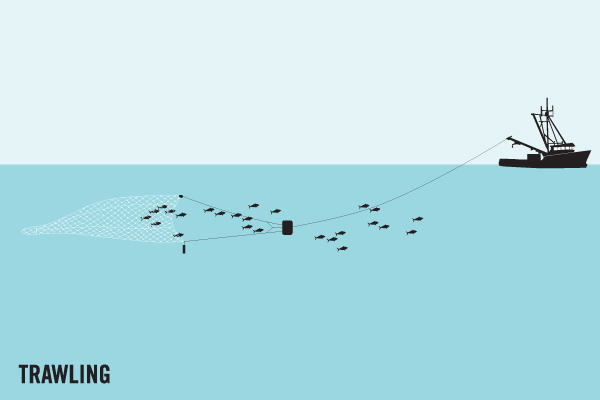Average Weight/Length
Most run well under 1 pound. Occasionally caught to 5 pounds in deep water. World record 7 pounds; Florida record 6 pounds, 6 ounces.
Other "Popular" Names for this Fish
Spot Snapper, Cady Snapper, Biajaiba
Location Habitat
Most are caught in fairly deep reef and offshore waters, but in the southern half of the state, they also inhabit near shore areas, and even bays. During times of warm water, they may come close to shore in the northern sectors as well. Prefers broken or grassy bottom to hard reefs. Adults are found over all types of bottom, but mainly around coral reefs and on vegetated sandy areas. In turbid as well as clear water. They often form large aggregations, especially during the breeding season. Feed at night on small fishes, bottom-living crabs, shrimps, worms, gastropods and cephalopods.
Biology & Physical Description
Superficially similar to small Mutton Snapper, with which it may be confused. However, the Lane Snapper, in addition to its rosy hues, also has broken yellow bars along the sides, and its fins are mostly yellow. The single black spot on the side is larger, proportionately, than that of the Mutton. The anal fin is rounded. Dorsal spines (total): 10; Dorsal soft rays (total): 12-13; Anal spines: 3; Anal soft rays: 8 - 9. Preopercular notch and knob weak. Pectoral fins short, not reaching level of anus. Scale rows on back rising obliquely above lateral line. Back and upper side pink to reddish, with a green tinge and diffused darker vertical bars. The lower sides and belly silvery with a yellow tinge. A series of 8 - 10 horizontal yellow or golden stripes on sides. A diffused black spot mainly above the lateral line and below the anterior portion of the soft dorsal-fin rays.
Life Cycle & Mating Behavior
Often form large aggregations, especially during the breeding season.
Geographic Species Map (Fishbase.org Map)
|
|

|
Summary of Distribution: Western Atlantic: Bermuda (Anderson, pers. comm.) and North Carolina, USA to southeastern Brazil, including Gulf of Mexico and Caribbean Sea. Most abundant around the Antilles, on the Campeche Bank, off Panama and the northern coast of South America. Lutjanus ambiguous, an intergeneric hybrid with Ocyurus chrysurus |
|
Note: Distribution range colors indicate degree of suitability of habitat which can be interpreted as probabilities of occurrence (fishbase.org) |
|
Sport Fishing Techniques
|
|
Kite Fishing (Rig)A Kite Fishing Rig is.... |
|
|
|
Kite Fishing (Trolling)Kite Fishing Trolling is when you are.... |
|
|
|
River DriftRiver Drift means to use the.... |
|
|
|
TrawlingTrawling is when.... |
|
Tackle & Baits
Only very light tackle provides much sport. Productive baits include live and dead shrimp and also strips of cut squid or cut fish. Small jigs worked slowly near bottom are deadly.
Game Rating
Game Rating : 7/10
Game Description :
An aggressive striker of both natural and artificial baits, the Lane is fun to catch but is not a particularly strong fighter, even for its size.
Food Rating
Game Rating : 9/10
Game Description :
Very good, but flesh is soft and must be kept well iced. Good food fish, it is marketed fresh.




















 Snapper - Lane
Snapper - Lane 





